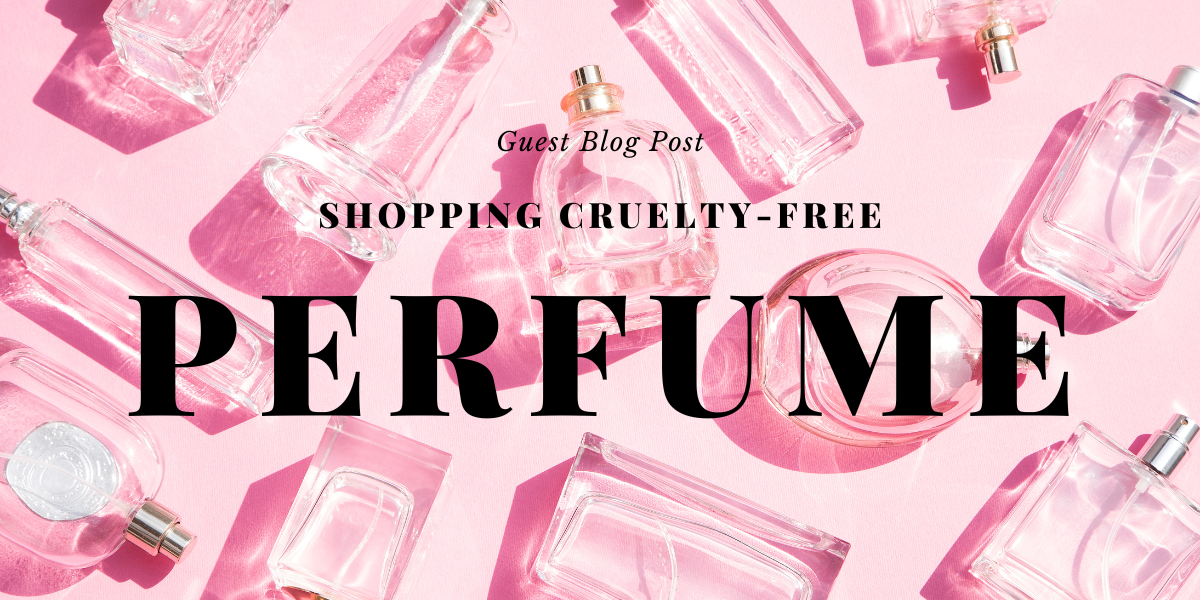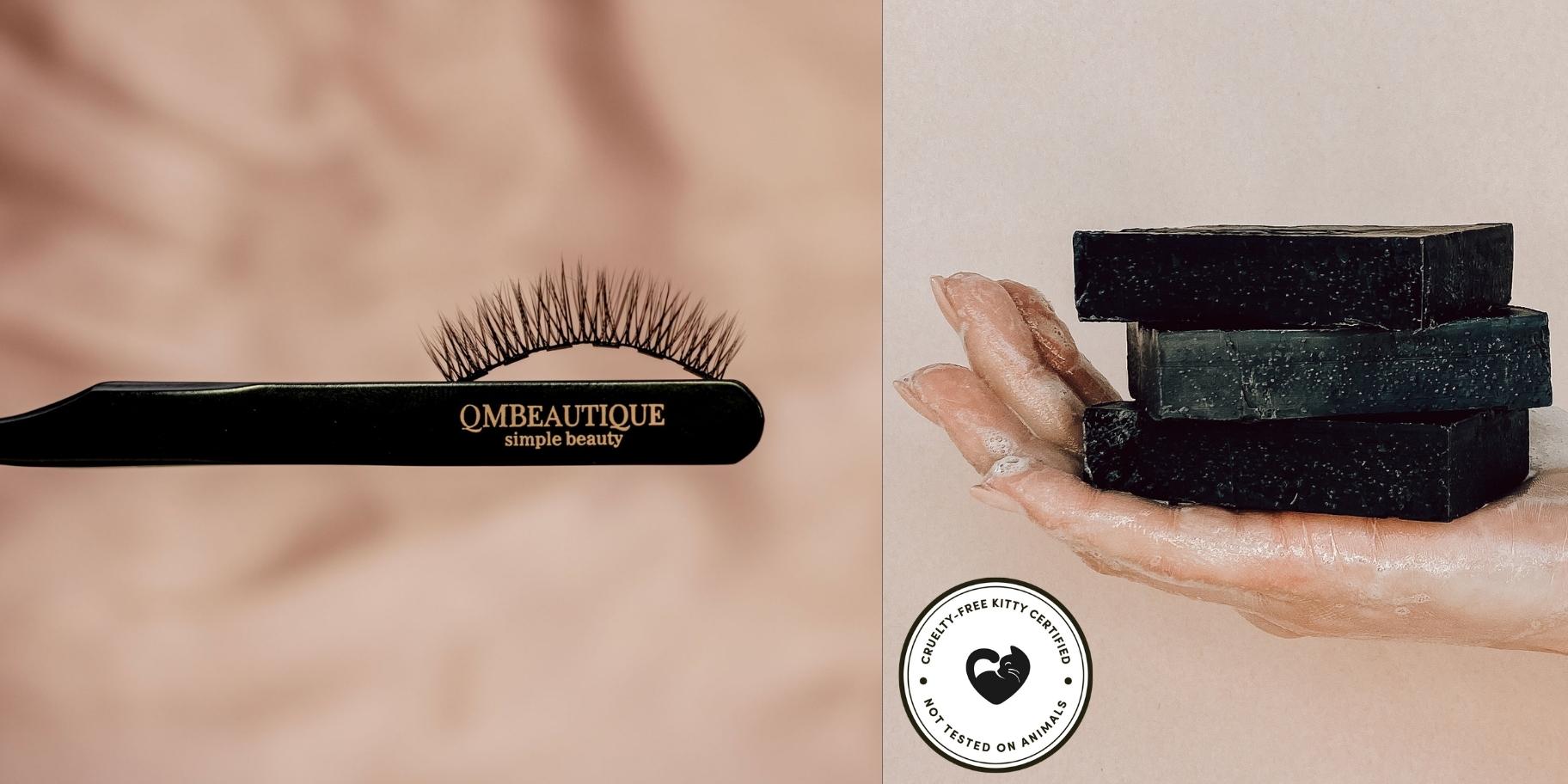Slather up: Your Guide to SPF (Do you REALLY need it?)

"First, let's get to know what sunscreen really is and why we really need it, shall we?"
With the winter blues behind us, we absolutely can’t wait to switch out of our chunky sweaters and beanies into those gorgeous floral dresses and sunhats. But before we can bathe in the glorious rays of the sun, we need to keep in mind that with spring in full swing, the UV index will be on the rise with it. As much as the sun provides us with that much-needed Vitamin D boost, the sun’s rays are also damaging to our skin if not protected properly.
That's why sunscreen will be your best friend during these months, and we’ve got just the right tips and tricks to keep you covered.
First, let’s get to know what sunscreen really is and why we really need it, shall we?
Sunscreen is more than just a cosmetic product – it's a powerful tool for shielding your skin from the harmful effects of the sun.

But Wait...It Feels So Nice...Is Sun Really All That Bad??
"When these rays penetrate the skin, they alter the DNA in the skin's cells by causing structural changes to the DNA molecules. The energy from UV radiation can break down chemical bonds between the atoms in the DNA molecule, causing damage known as DNA lesions. These lesions can take different forms, including thymine dimers, which occur when two adjacent thymine bases in the DNA strand bond together, distorting the structure of the DNA..."
For those of you in the audience who like to know the logic behind the questions, read on to get a deeper understanding on what’s truly happening when the glorious rays warm our skin…
The sun's ultraviolet (UV) rays can cause skin damage that can lead to premature aging, wrinkles, and even skin cancer.
But how, you ask?
Ultraviolet (UV) rays are a type of electromagnetic radiation emitted by the sun. We all know by now that radiation isn’t all that great for the human body. Exposure to UV radiation is known as a risk factor for skin cancer.
There are three types of UV Radiation:
- UVA
- UVB
- UVC
The Earth’s atmosphere blocks UVC rays from reaching the earth’s surface, but unfortunately, it doesn’t stop UVA or UVB - which are the types that damage our skin.
We’re about to get really scientific, bear with us (you’re going to want to know this)…
When these rays penetrate the skin, they alter the DNA in the skin's cells by causing structural changes to the DNA molecules. The energy from UV radiation can break down chemical bonds between the atoms in the DNA molecule, causing damage known as DNA lesions. These lesions can take different forms, including thymine dimers, which occur when two adjacent thymine bases in the DNA strand bond together, distorting the structure of the DNA.
Now if these DNA lesions are not repaired by the cell, they can accumulate and lead to mutations in the DNA sequence. Which then affects the way that these cells function, potentially leading to the development of skin cancers and other skin disorders.
In addition to causing damage to the DNA in skin cells, UV rays can also generate something known as reactive oxygen species (ROS) within the skin. The ROS can further damage the DNA and other molecules within the cells.
Specifically, UVB rays are the primary cause of skin damage and DNA mutations, though UVA also contributes to the process as it is less energetic but penetrates deeper into the skin.
Over time, this damage accumulates and can lead to mutations that can cause skin cells to grow and divide uncontrollably, forming cancerous tumors.
While our bodies are incredible things, it does have several mechanisms to repair DNA damage; however, if the damage is too great or occurs too frequently, the body may not be able to repair it properly, leading to a high risk of skin cancer development.
But what about that gorgeous skin-kissed glow…
When you get a tan, the skin cells in the outermost layer of your skin, known as the epidermis, produce more melanin, which is the pigment that gives your skin its color.
Melanin is produced by cells within the skin called melanocytes and is primarily responsible for protecting your skin from the harmful ultraviolet radiation.
When your skin is exposed to UV rays, the melanocytes produce more melanin (queue gorgeous glow). But this is your body's way of protecting your skin cells from damage - so is that glow really all that nice, now that you know what’s causing it?
The amount of melanin produced depends on several factors, like skin type, intensity and duration of exposure and genetic makeup - but it’s important to remember that a tan is actually a sign of skin damage.
This isn’t meant to scare you, rather to inform you.
Now that you know the ‘why’ behind taking precautions regarding exposure to UV radiation, let’s get into the guide for sunscreen…

OK - So What IS Sunscreen?
"UV rays may have sounded like an obscure scientific term before you nerded out with us a few moments ago, but they are an everyday part of our lives that can have a huge impact on our skin..."
Sunscreen acts as a barrier between your skin and the sun, absorbing or reflecting harmful UV rays before they can penetrate the skin. This protective layer not only helps prevent sunburn, but it also minimizes the long-term risk of skin cancer and premature aging.
In fact, studies have shown that daily sunscreen use can reduce the risk of developing skin cancer by up to 40%. So, if you want to keep your skin looking healthy and youthful, adding sunscreen to your daily skincare routine is an absolute must.
Now is a good time to get into the nitty-gritty of sunscreen and talk science.
UV rays may have sounded like an obscure scientific term before you nerded out with us a few moments ago, but they are an everyday part of our lives that can have a huge impact on our skin. As we touched on above, there are two types of UV rays to be aware of: UVA and UVB.
UVA rays are the type that are responsible for giving you that perfect summer tan, but they are also the main culprits behind wrinkles, fine lines, age spots, and other signs of premature skin aging.
These rays penetrate deep into the skin's dermis, breaking down collagen and causing damage that can ultimately lead to skin cancer. The scary part is that they can even penetrate glass, meaning they can harm your skin even when you're indoors!
On the other hand, UVB rays are responsible for that painful sunburn you get after spending too much time outdoors without sunscreen. While they don't penetrate as deep into the skin as UVA rays, they can still cause significant damage, including burning, irritation, and redness.
UVB rays are strongest between 10:00 a.m. and 4:00 p.m. and cannot penetrate glass, so they only affect your skin when you're outside.
It's important to keep in mind that both UVA and UVB rays can be harmful to your skin, and protection against both types of rays is necessary for maintaining healthy and youthful-looking skin.
By wearing sunscreen, you can protect yourself against the damaging effects of UV rays and prevent premature aging and skin cancer.
Mineral or Chemical? Let's Investigate...
Onto the many questions we face; Do I go for a mineral sunscreen or a chemical? How much SPF is enough?
"These mystical tubes of protective paste come in two main types: chemical and mineral. Now, chemical sunscreens might sound like you're putting something super scary on your skin, but it's not what it seems..."
No one wants to walk around with a white, greasy face! That's why we're here to help.
First off, when choosing a sunscreen, look for a broad-spectrum formula with an SPF (Sun Protection Factor) of 30 or higher. It will help protect against both UVA and UVB rays. Apply sunscreen at least 20 minutes before heading outside and reapply every two hours, or more often if you plan on swimming or sweating.
These mystical tubes of protective paste come in two main types: chemical and mineral. Now, chemical sunscreens might sound like you're putting something super scary on your skin, but it's not what it seems.
These sunscreens work by absorbing UV rays and turning them into heat, which is then released from your skin. It's like a tiny shield that protects you from the sun (isn’t that cute??).
But wait, there is a catch...
Remember how we care about ingredients?
Chemical sunscreens have oxybenzone and octinoxate, which can penetrate the bloodstream and aren't safe for pregnant or breastfeeding women. They can also irritate acne-prone and sensitive skin.
On the other hand, mineral (or physical) sunscreens use ingredients like titanium dioxide and zinc oxide to reflect UV rays and create a barrier against the sun. It's like a force field for your skin, but without the parabens and chemicals found in other sunscreens. Mineral sunscreens are a great choice for both adults and children, especially for those with sensitive skin.
Get The Most Out of Your Sunscreen...
How do you get the most out of your sunscreen?
Don't forget to cover all exposed skin, including your face, neck, and hands, and use enough product to create a thin, even layer. Remember, sunscreen isn't just for the beach or pool days. Make it a part of your daily routine by incorporating it into your skincare routine.
Why?
Because there are some surprising situations when you should wear sunscreen that you might not have known about.
Let's take a closer look....
First up, did you know that even when you're indoors, you can still be exposed to UVA light?
It's true!
UVA rays can penetrate window glass, meaning that if you're spending the day in a room with sunlight streaming through the windows, you're receiving a similar amount of UVA rays as you would be if you were outside.
Next, we have a situation that many people might not think about: high altitudes.
If you're on a skiing holiday, for example, you might assume that the cold temperatures mean you don't need to worry about sun protection. But according to the Skin Cancer Foundation, UVB rays can cause sun damage and sunburn even in snowy environments.
In fact, snow reflects up to 80% of the sun's damaging rays, so next time you hit the slopes, make sure to apply sunscreen to the exposed parts of your face to protect against the increased UV exposure from the reflection. One of my colleagues learned this lesson the hard way on a ski trip and ended up with a painful sunburn on her cheeks...
Now let's talk about winter...
Many people assume that because the sun isn't as strong during the winter months, they don't need to wear sunscreen.
But did you know that during the winter, the ozone layer thins out, leaving us with less defense against the sun's rays? The Skin Cancer Foundation recommends applying SPF to your entire body before you get dressed, and at minimum, applying sunscreen to those easy-to-forget areas like your ears, neck, or scalp.
You might also be surprised to learn that even on cloudy days, you still need to wear sunscreen. According to the Skin Cancer Foundation, up to 80% of the sun's UV radiation reaches Earth even when it's overcast. So, if you're planning to spend time outside on an overcast day, make sure to apply sunscreen just as you would on a sunny day.
Finally, let's talk about clothing.
You might assume that all clothing protects you from sun damage, but that's not always the case. Lightweight fabrics like silk, crepe, or cotton tend to allow light through, and the lighter the color of the garment, the more likely sunlight will hit your skin. For example, a white cotton t-shirt only protects with the equivalency of SPF 5! To get more protection, wear dark colored, dense fabrics. Synthetic and semisynthetic fibers like polyester or rayon plus heavy, tightly woven fabrics like wool, denim, or corduroy provide the most defense.
In Conclusion

"Remember, wearing sunscreen is not only important for preventing sunburn and premature aging, but it's also crucial for protecting your skin from harmful UV radiation that can lead to skin cancer.."
So there you have it - five surprising situations when you need to wear SPF.
Don't let these sneaky situations catch you off guard. Trust us, your skin will thank you later!
It's been quite a journey getting to know more about sunscreen. We at QMBeautique are passionate about protecting and caring for our skin. As a company, we are dedicated to staying informed about the latest research and innovations in the field of skincare. We believe that education is key to making informed decisions about how to care for our skin, and we are committed to sharing what we learn with all of you!
We hope that this article has given you a better understanding of the different types of sunscreen available and how to choose the right one for your skin.
Remember, wearing sunscreen is not only important for preventing sunburn and premature aging, but it's also crucial for protecting your skin from harmful UV radiation that can lead to skin cancer.
So, whether you're spending the day indoors or outside, make sure to apply sunscreen to keep your skin protected. And if you have any questions about our products or skincare in general, don't hesitate to reach out to us. We're always here to help you achieve healthy, glowing skin!
Last Updated on: April 13, 2023
Lead Author ● Deniz Haciyusufoglu.
Co-Author ● Lisa Goodall




Comments
SAADET TEKINARSLAN KUKRER —
Gorgeous explain scientific evidence 🤍super information all about SPF